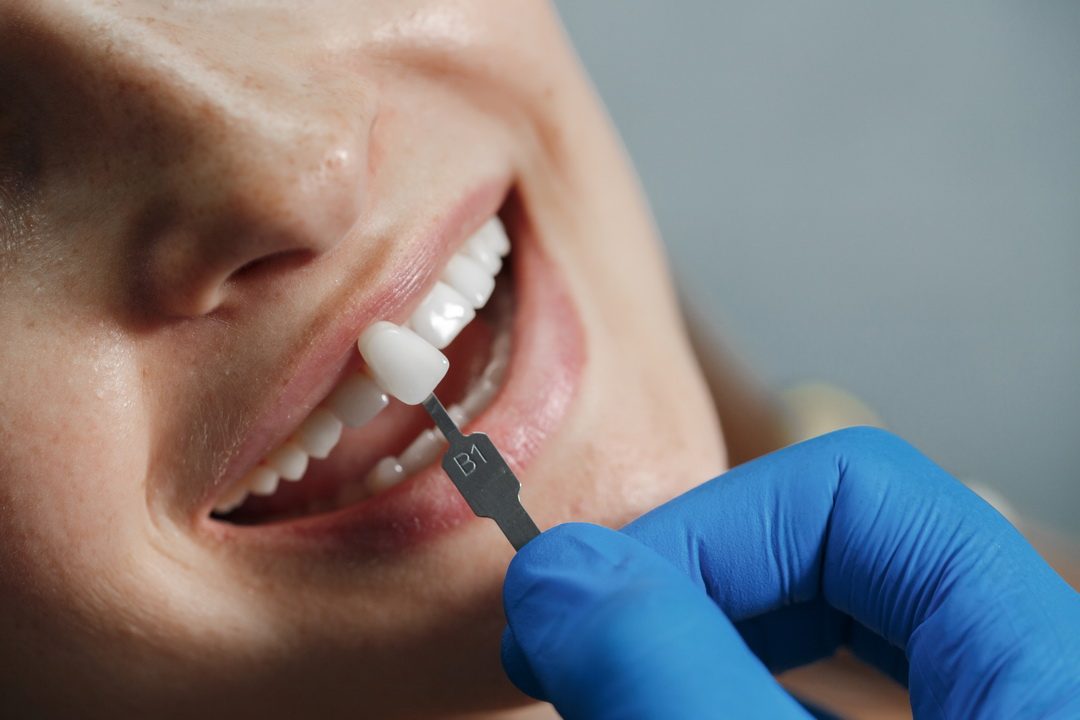Understanding the Benefits of Porcelain Crowns
Porcelain crowns are created to restore the previous, natural appearance of your teeth. Since porcelain crowns are made to resemble your natural teeth, as opposed to metal-based crowns, they place more emphasis on aesthetic benefits. This is crucial if you need a crown for your front teeth.
the need for dental crowns
A dental crown may be required to protect and restore patients' teeth that have experienced tooth decay or have undergone trauma.
A porcelain crown might be something to think about if you:
Have you just recently had a tooth injury?
need a pillar to support a dental bridge
Want to straighten a misaligned tooth? (to enhance your smile)
to fix a large filling that has fallen out or become loose.
following a root canal, to shield a tooth
Essentially, porcelain crowns serve the same function as other metal-based crowns, which is to protect the tooth and offer a durable replacement that is both strong and functional.
What is the procedure for treating a porcelain crown?
Treatment for a porcelain crown typically necessitates two visits. This is so that your tooth can be properly prepared for the placement of the porcelain crown during the initial visit. This entails locating any weak areas of the tooth, removing them, and taking impressions to fit a temporary crown.
Your temporary crown will be removed at your second appointment (typically two weeks later), and your new custom-made crown will be fitted.
A porcelain jacket crown: what is it?
Usually, the entire tooth's surface is covered with a porcelain jacket crown. As the name implies, jack crowns are used to cover and shield damaged teeth from the possibility of decay or additional tooth damage. Jacket crowns typically cover the entire tooth, whereas veneers are bonded to the front of your teeth and are only about 1mm thick. This is the main distinction between the two. Front teeth are better suited for jacket crowns.
porcelain versus metal crowns
Cobalt-chromium, nickel-chromium, and other metal-based alloys are frequently used to make metal crowns. Metal crowns are well-known for their durability and have been used in dentistry for a number of years. Compared to porcelain crowns, they are the least likely to deteriorate over time or get chipped or damaged. The majority of people decide to have metal crowns placed on their posterior teeth because they are out of sight.
Contrarily, porcelain crowns, which are available in either all-ceramic or all-porcelain varieties, are made to resemble the natural appearance of your teeth. Both are safe options for patients with metal allergies and can be utilized for both front and back teeth.
Should I get a crown or an implant?
This is dependent on your dentist's recommendations and the nature of your tooth's condition.
An artificial or prosthetic root known as a dental implant performs the same function as the root of a natural tooth. Where the root would be, the implant is inserted into the bone and integrated with the jawbone to create a long-lasting and secure fit. In a sense, your implant serves as the base for your dental crown. They work together to mimic the structure and appearance of a natural tooth.
While a crown can repair a portion of a broken tooth, it cannot fully restore a tooth without the use of an implant.
Are ceramic crowns secure?
Porcelain crown construction is a safe procedure that uses FDA-approved materials. Although porcelain crown treatments are routine procedures and our staff has a wealth of experience in this field, there are always potential risks and occasionally complications as with any dental procedure.
© Copyright 2022

